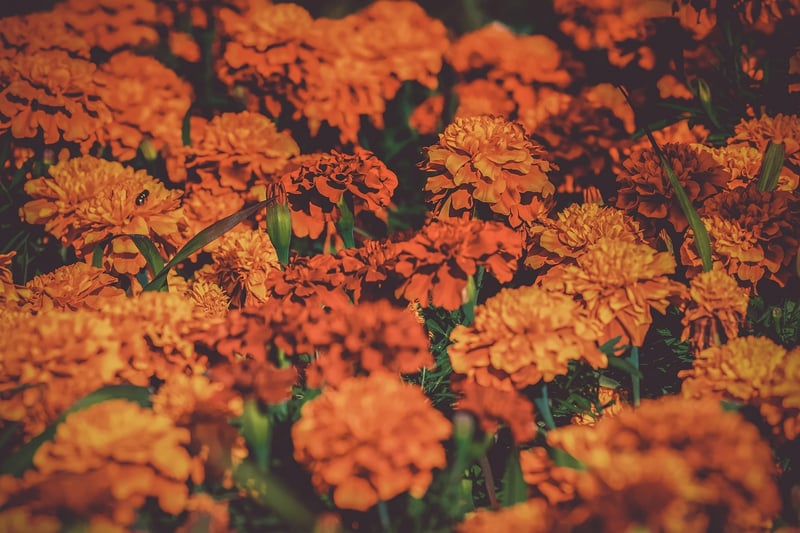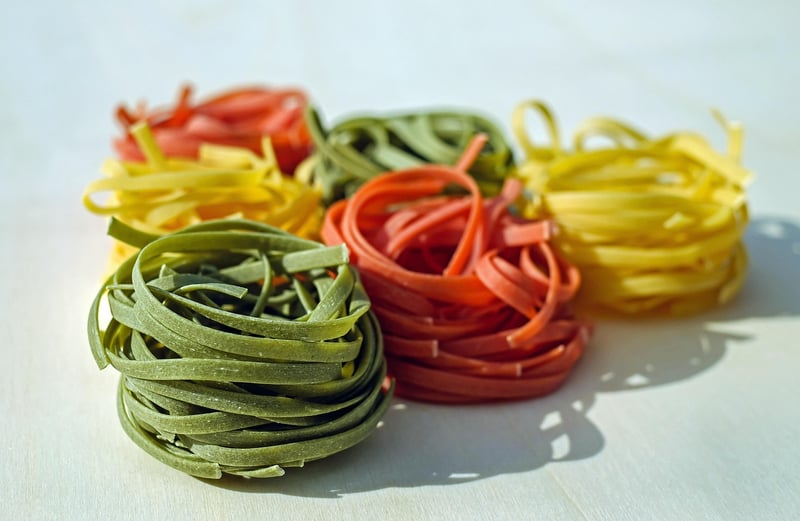Texture Variety
Ideas for Creating a Visually Appealing Garden with Texture Variety
When it comes to designing a stunning garden, incorporating texture variety is an excellent way to add visual interest and depth to your outdoor space. By mixing different textures, you can create a dynamic and inviting garden that will delight the senses. Here are some ideas to help you achieve a visually appealing garden with texture variety:
1. Mix Soft and Rough Textures
Combine plants with soft, delicate leaves like ferns or lamb's ear with those that have rough textures such as succulents or ornamental grasses. This contrast will create a visually striking display that is both interesting and harmonious.
2. Incorporate Different Leaf Shapes
Introduce plants with a variety of leaf shapes and sizes to add visual diversity to your garden. Pair plants with broad, flat leaves with those that have narrow, spikey leaves to create a visually dynamic composition.
3. Utilize Hardscape Elements
Include hardscape elements like rocks, pebbles, or decorative statues to add texture variety to your garden. These elements can complement the softness of plants and flowers, creating a balanced and visually appealing landscape.
4. Play with Color and Texture Contrast
Experiment with contrasting colors and textures to create focal points in your garden. Pair plants with bold, vibrant colors with those that have subtle hues to make certain areas stand out and draw the eye.
5. Consider Adding Water Features
Integrating water features like fountains, ponds, or waterfalls can introduce a new dimension of texture to your garden. The movement and sound of water can enhance the overall sensory experience and add a calming element to your outdoor space.
6. Create Pathways with Different Materials
Design pathways using a mix of materials such as gravel, stepping stones, or wood chips to incorporate texture variation into your garden. These pathways can lead the eye through the landscape and provide a sense of structure to the overall design.
7. Use Planters and Containers
Place plants in a variety of containers like ceramic pots, metal planters, or woven baskets to introduce different textures into your garden. Mix and match containers of various sizes, shapes, and materials to add visual interest to different areas of your outdoor space.
8. Add Vertical Texture with Climbing Plants
Grow climbing plants like ivy, jasmine, or clematis on trellises, walls, or pergolas to create vertical texture in your garden. These plants can add height and dimension to your landscape while introducing a lush and green backdrop.
Conclusion
By incorporating texture variety into your garden design, you can create a visually appealing outdoor space that is both captivating and engaging. Experiment with different textures, colors, and elements to craft a garden that reflects your personality and style while providing a sensory oasis for relaxation and enjoyment.

Remember, the key to a successful garden design is to have fun and let your creativity shine. Embrace texture variety as a means to transform your garden into a beautiful and inviting sanctuary that you can enjoy for years to come.
